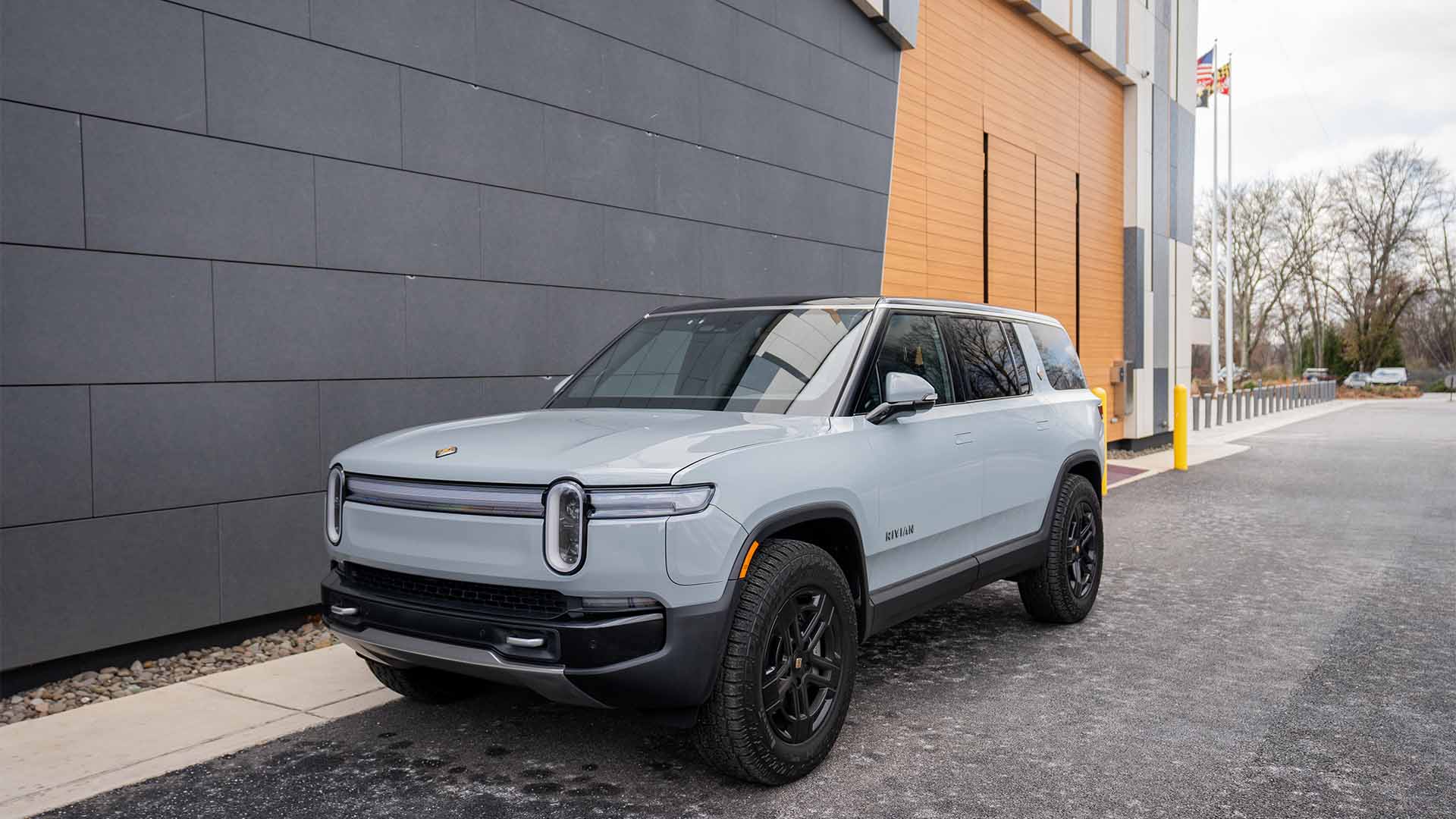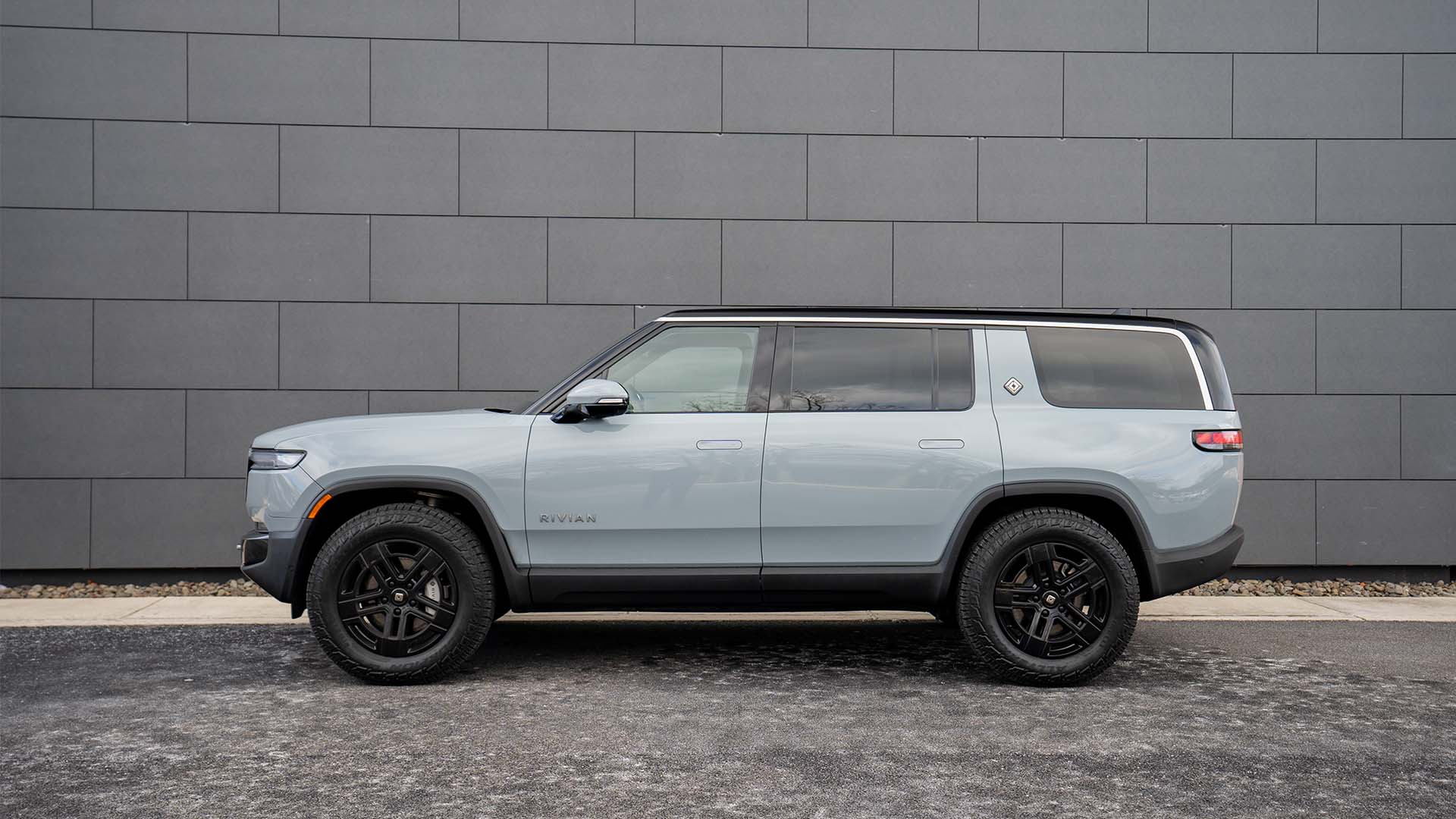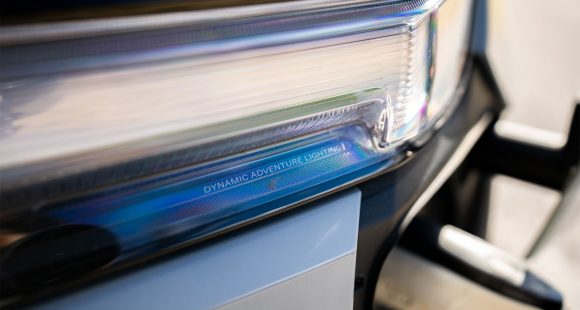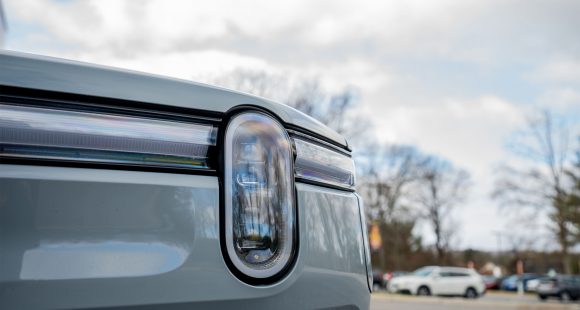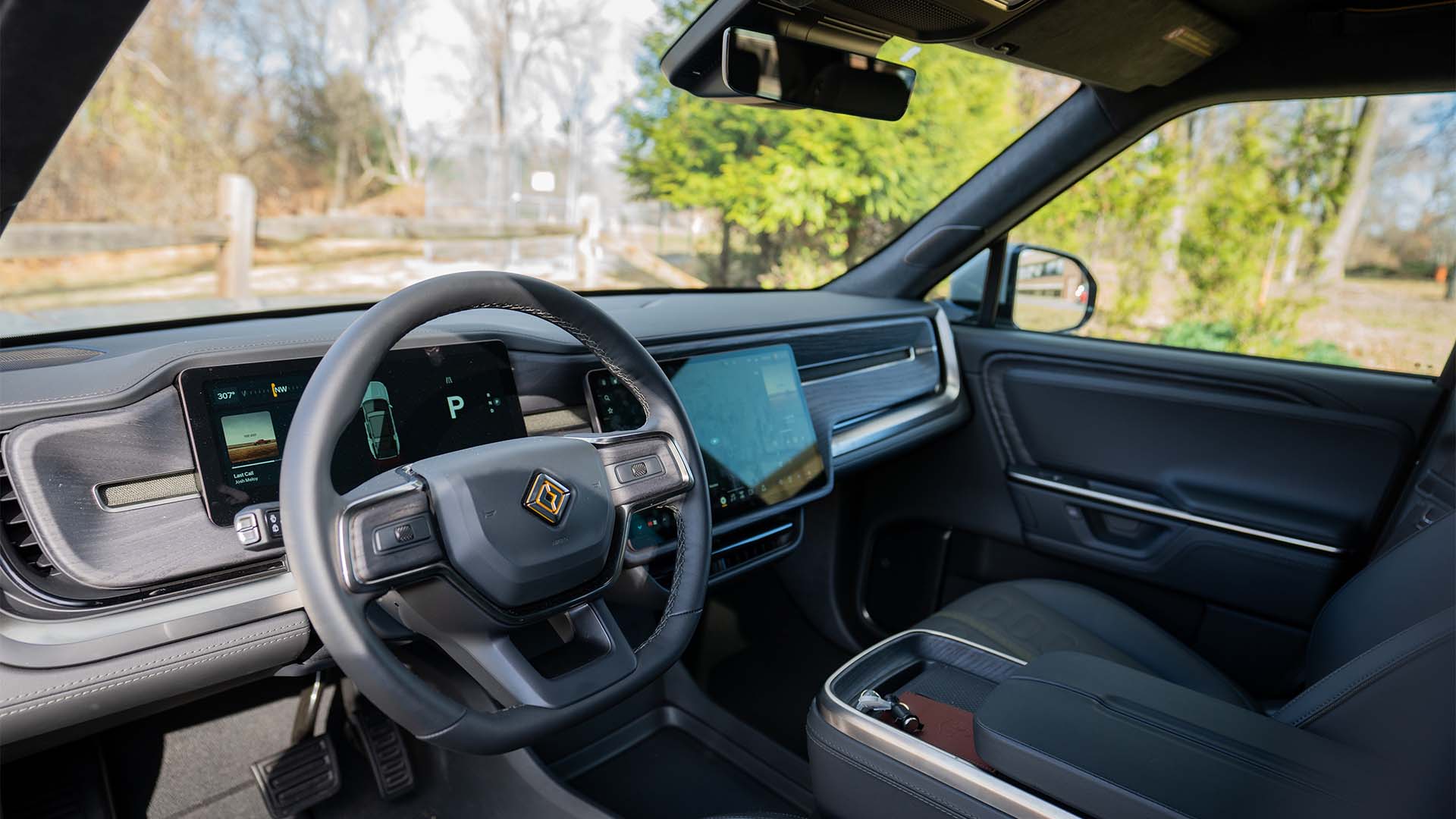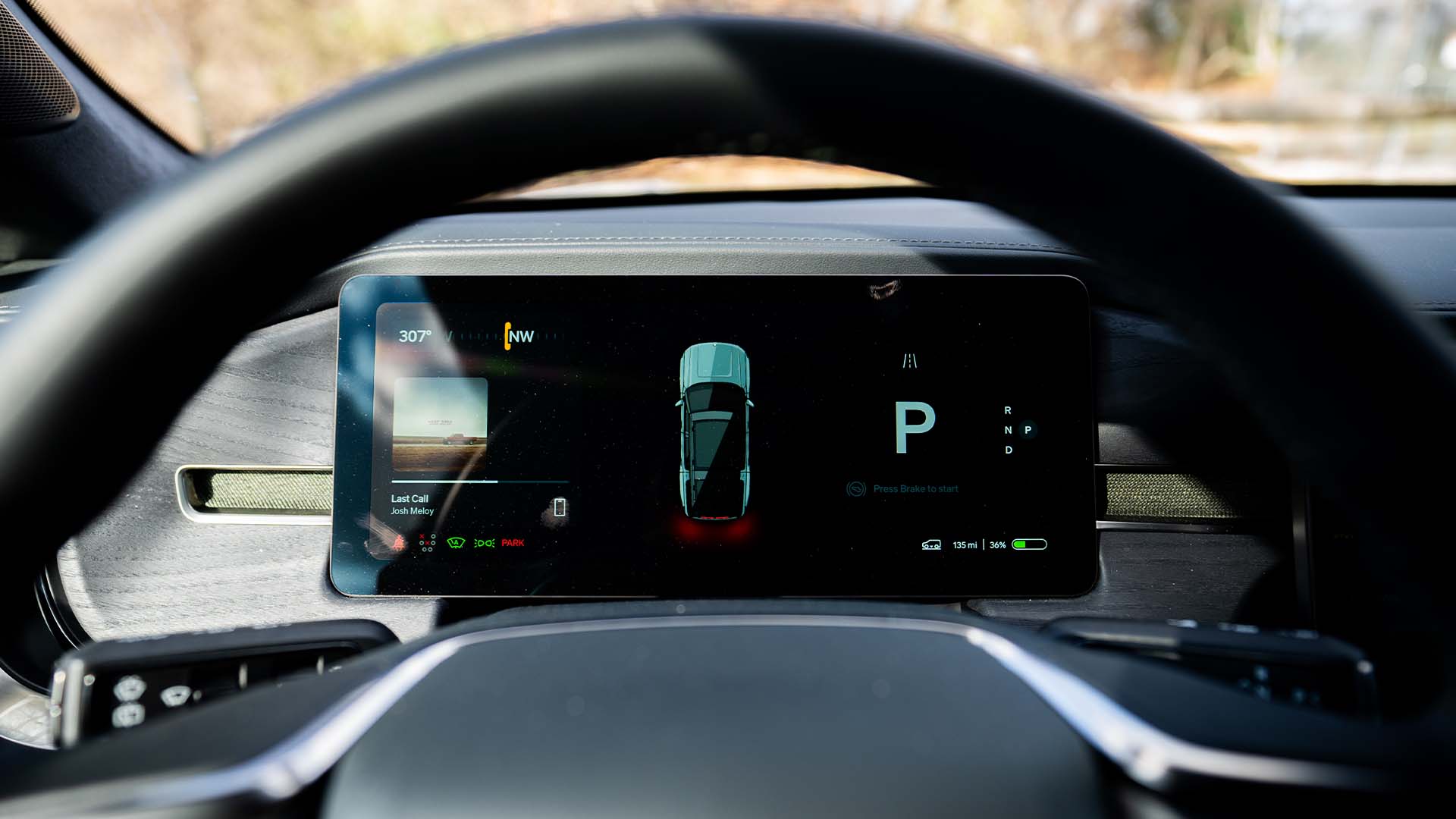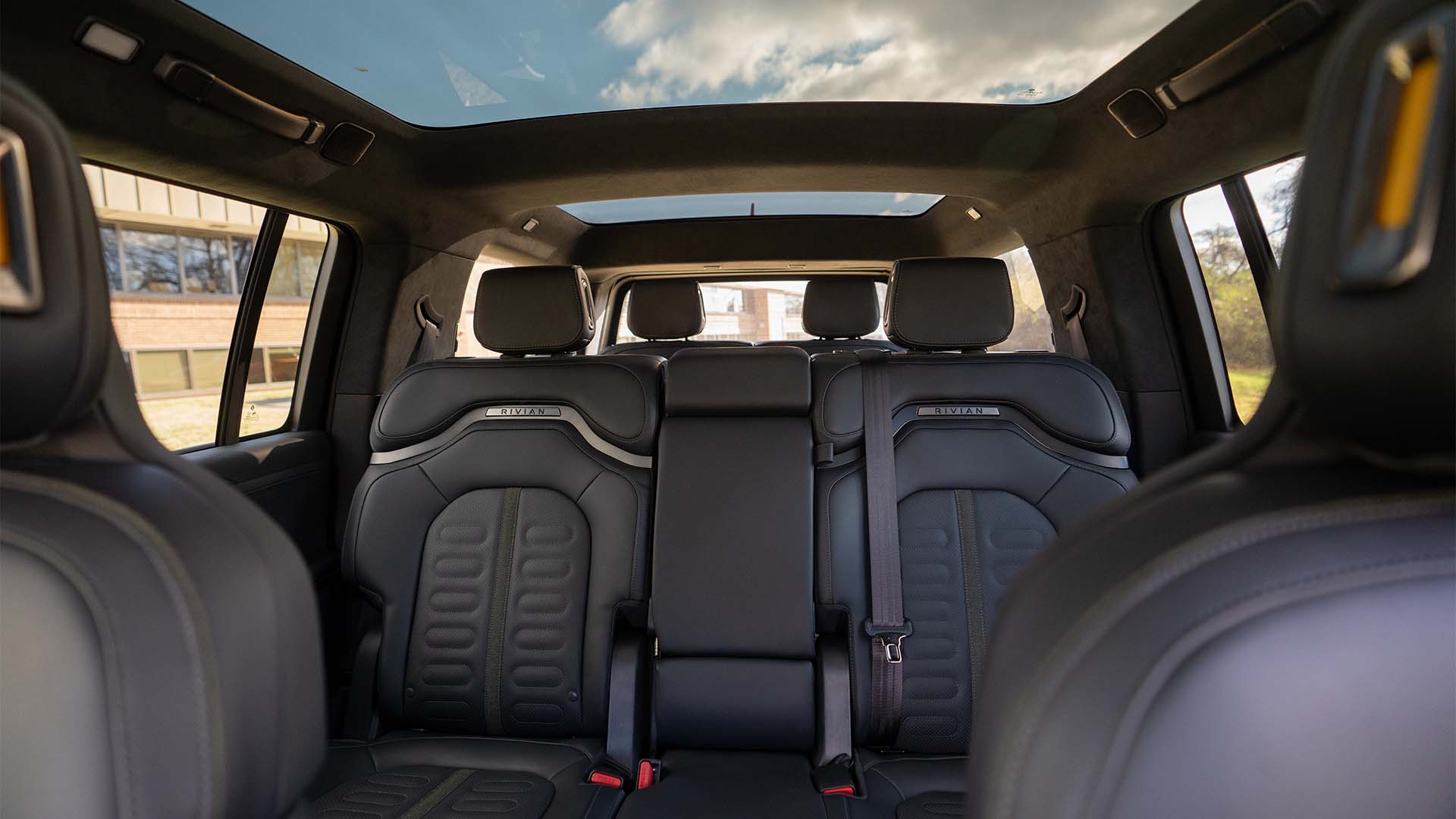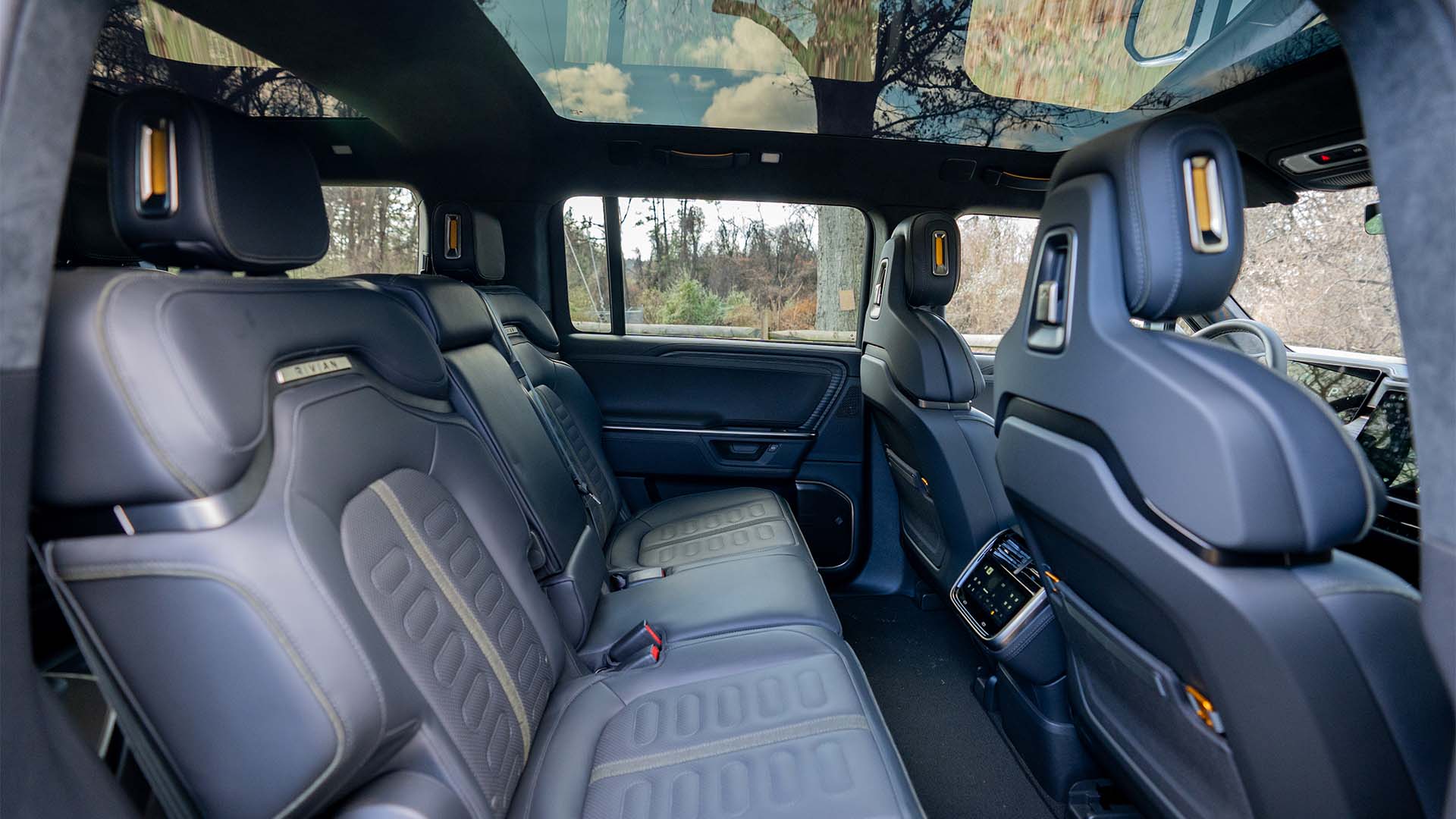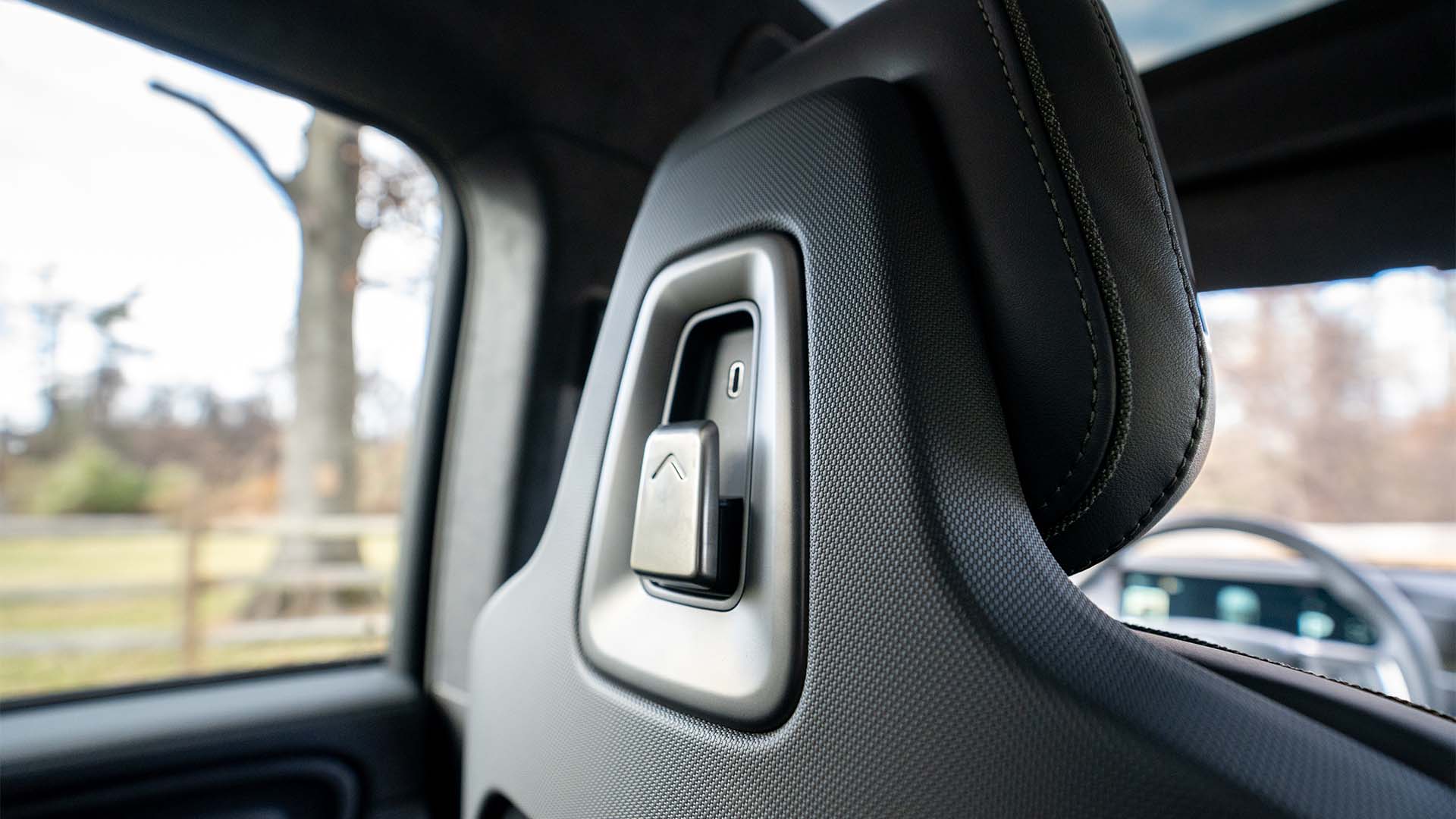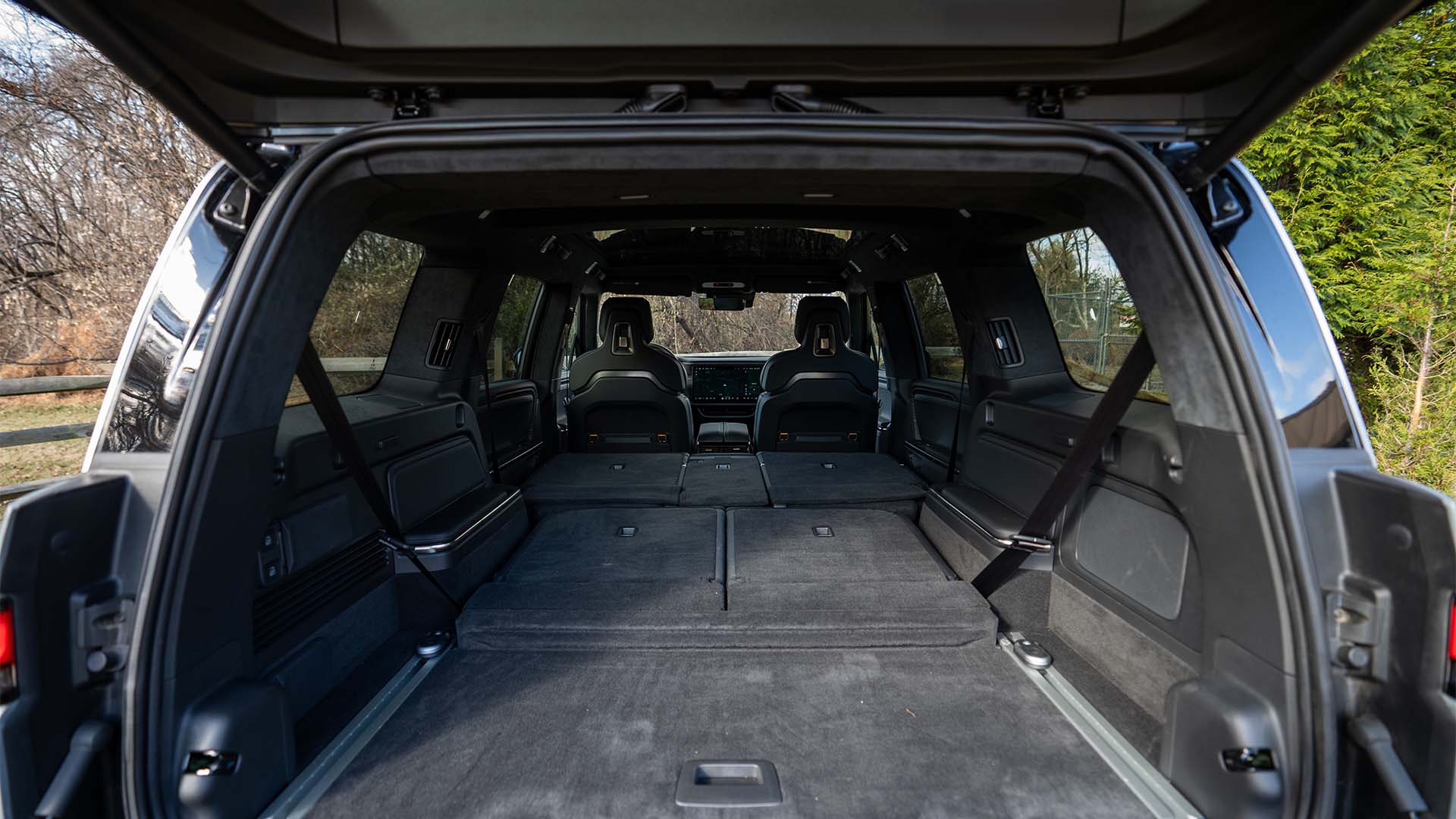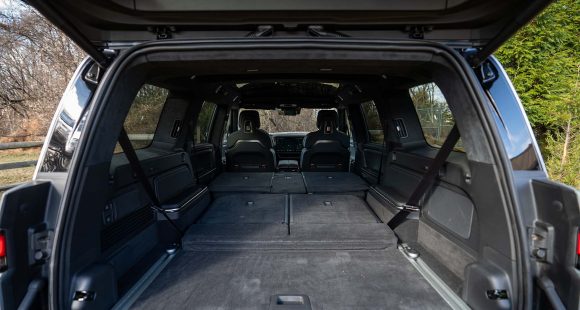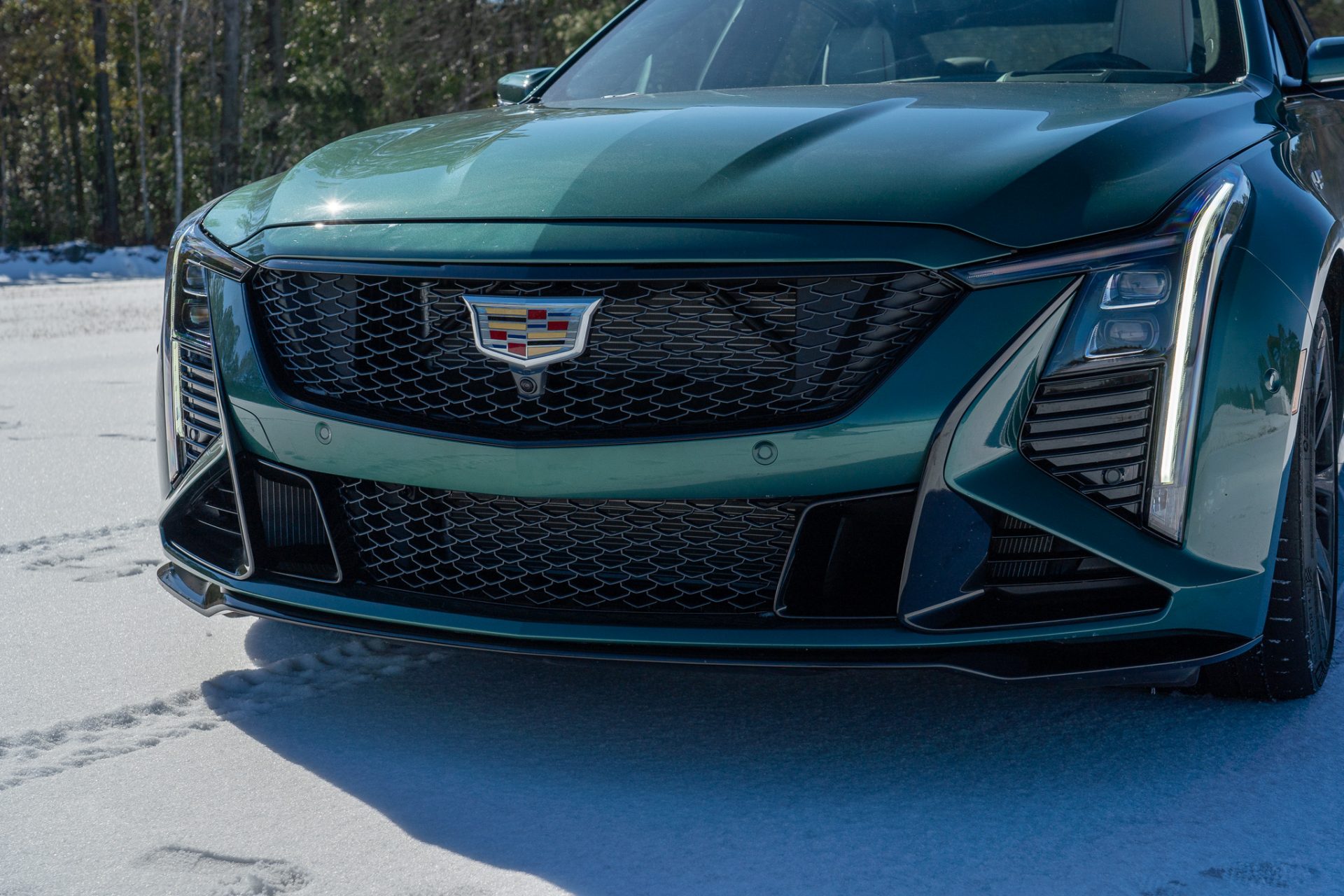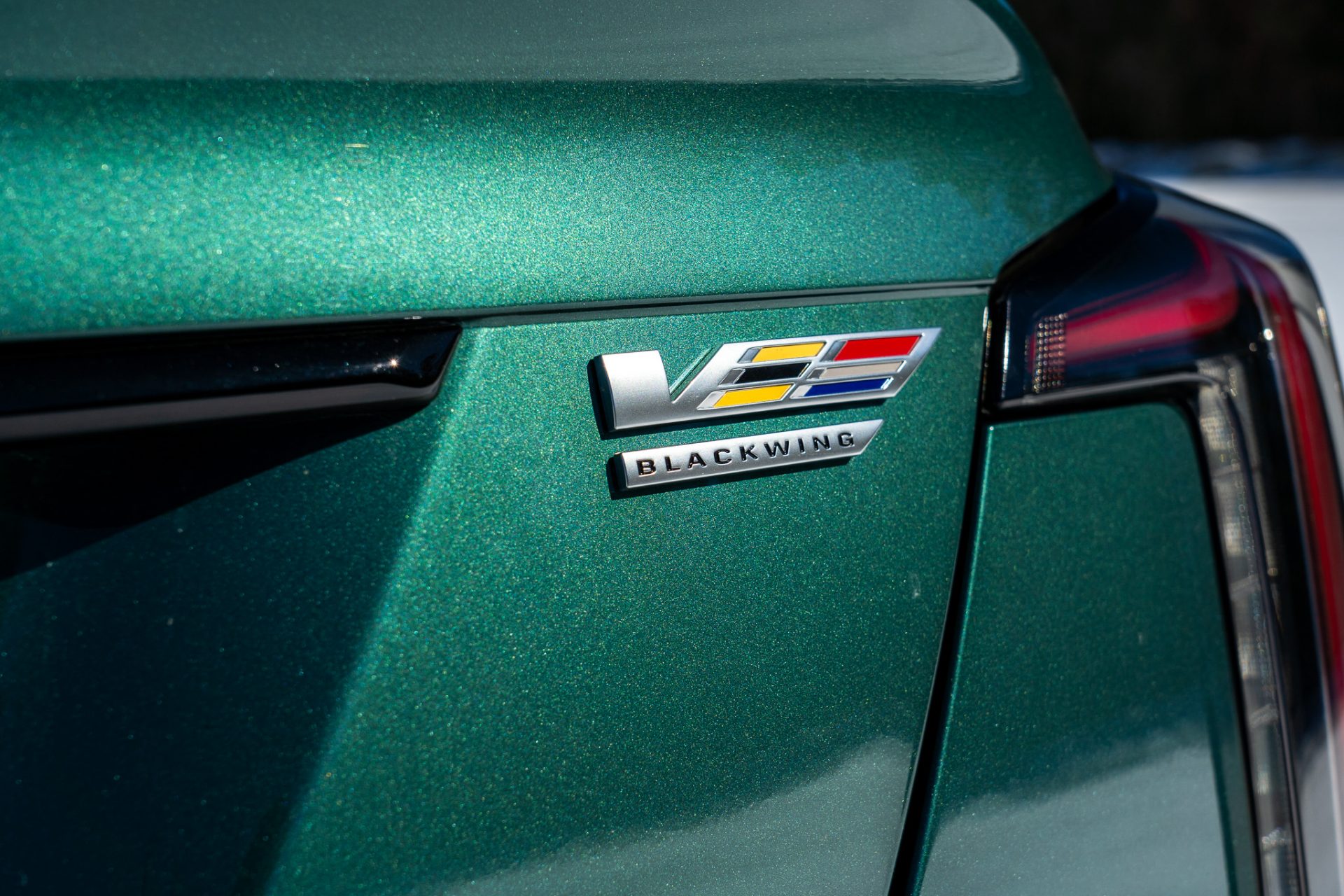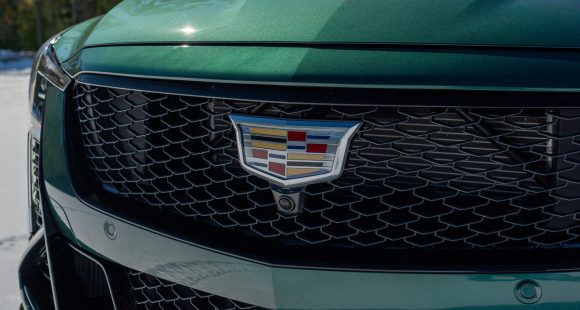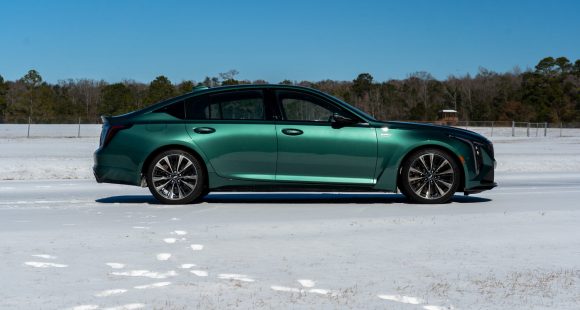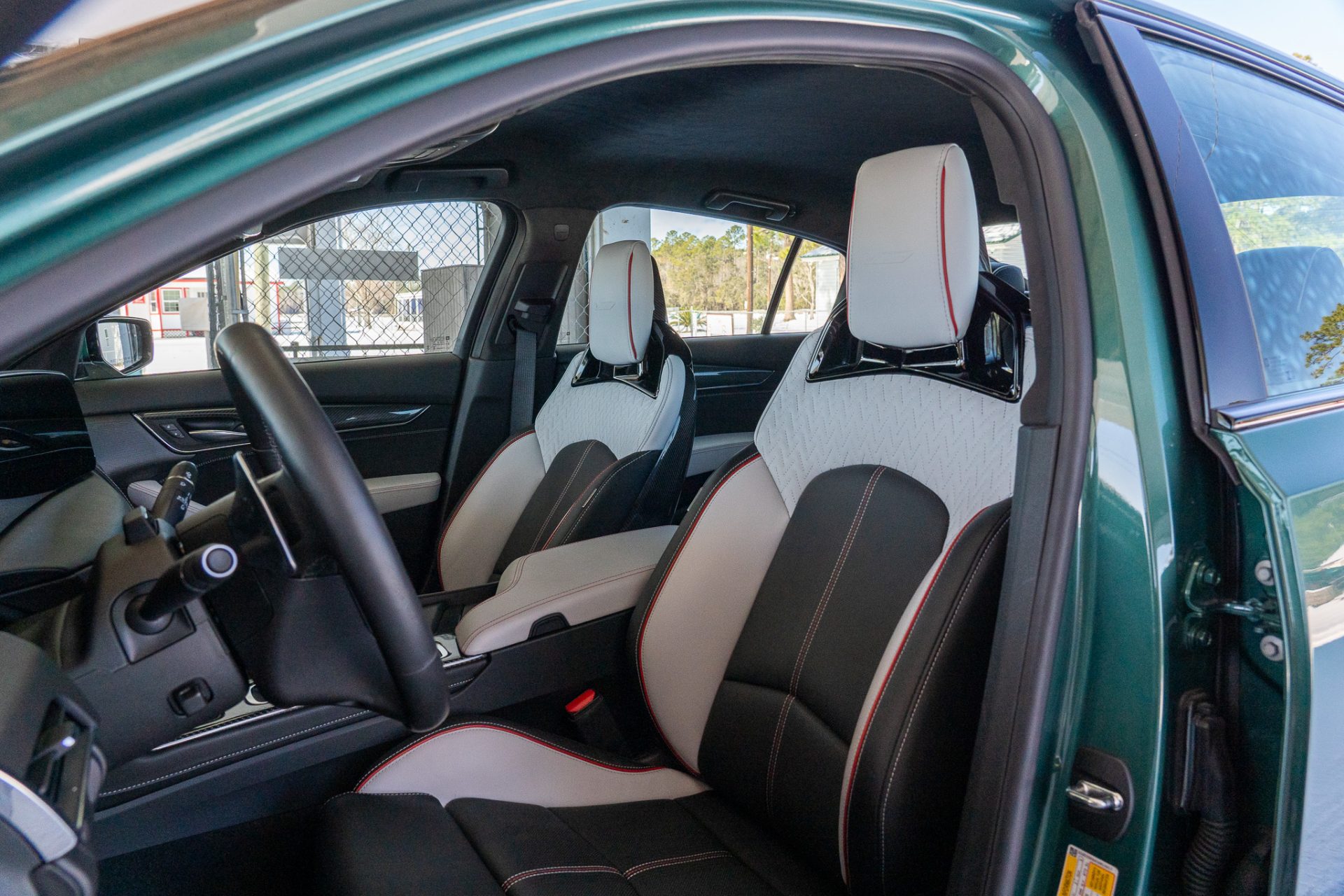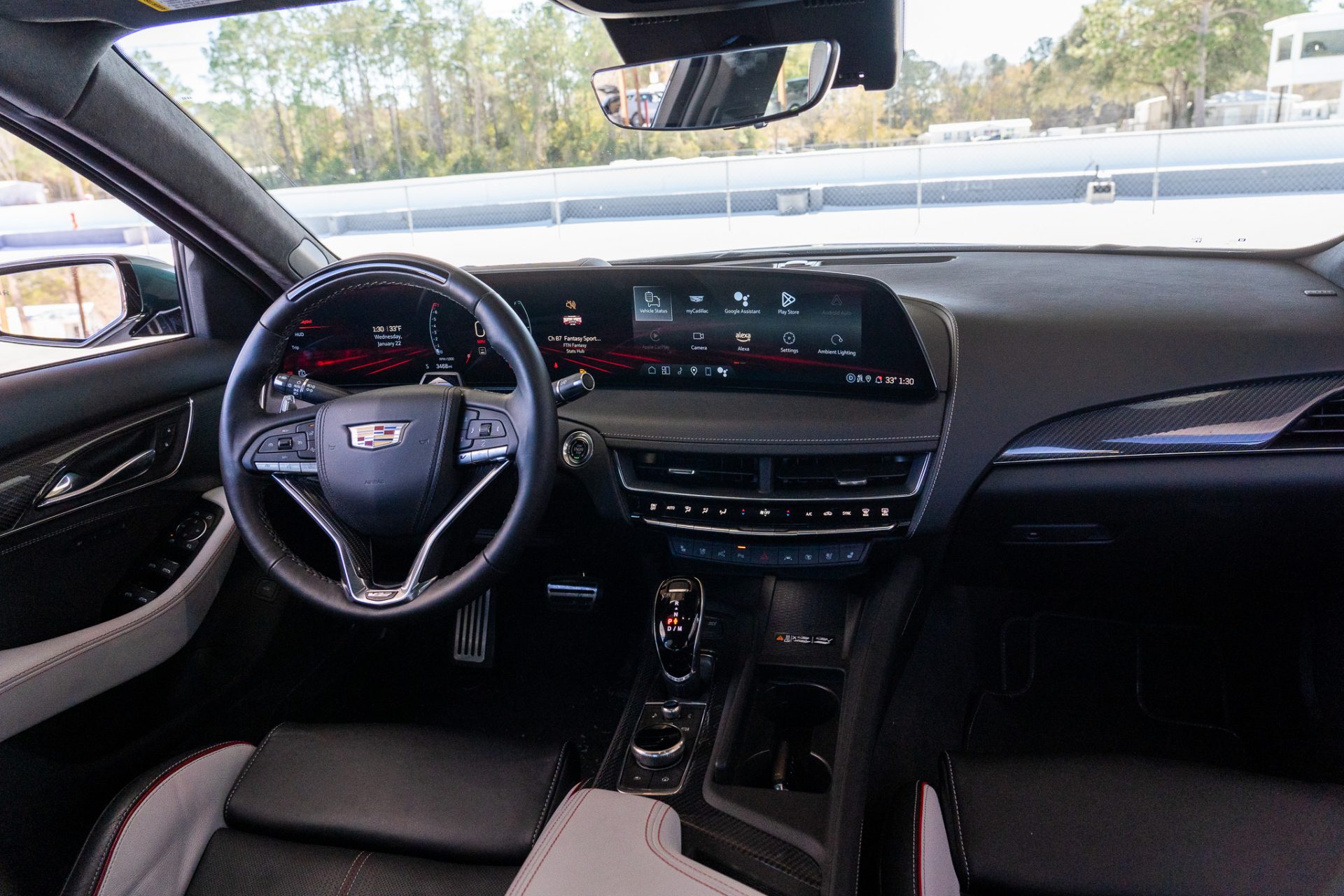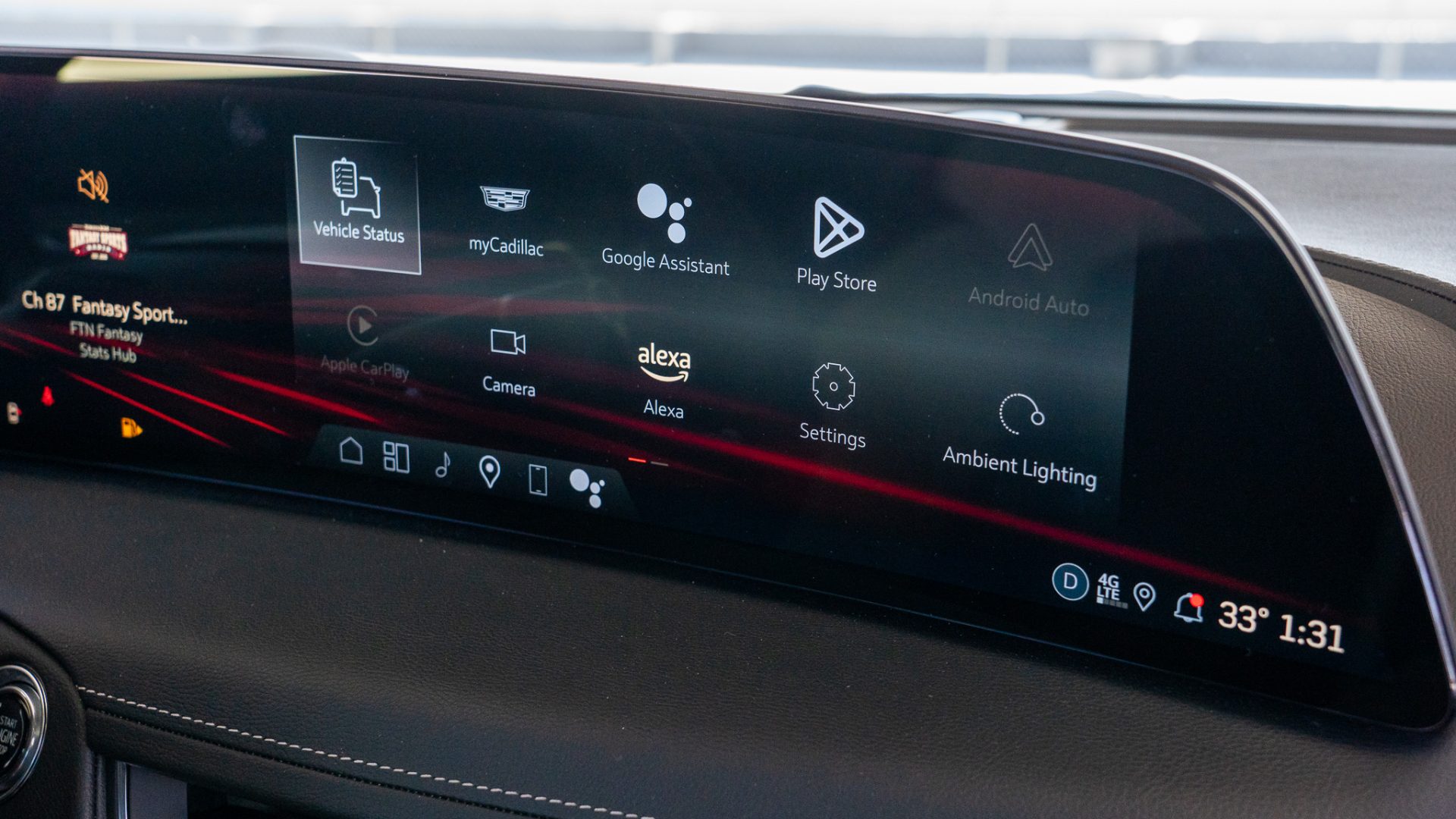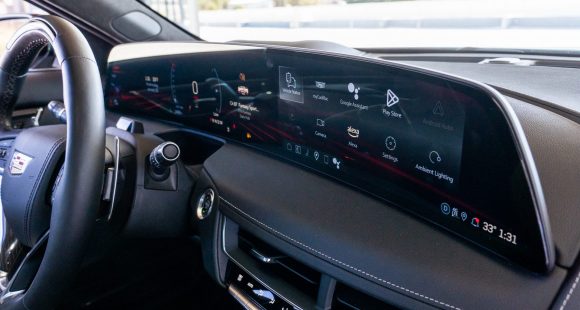2014 Subaru XV Crosstrek Hybrid
It’s only been on the market for about a year, but the Subaru XV Crosstrek is already one of our favorite Subarus. And now there’s a gas-electric hybrid model to help spread the joy even farther on a tank of fuel. So, just how much more fuel efficient is Subaru’s first hybrid anyway? And do we love the XV more or less for it?
The 2014 Subaru XV Crosstrek Hybrid is the brand’s first hybrid. And we think this rugged little compact CUV is a great choice for entry into the gasoline/electric mix, as a big part of the appeal of the Crosstrek is its “just right” size.
If you don’t choose the hybrid-only Plasma Green Pearl paint, due diligence is required to spot the exterior differences, which are limited to just wheels, chrome door handles, LED tail lights, grille with active shutters, and of course Hybrid badging liberally applied.
Thanks to the battery’s location, there’s no compromise on interior passenger and cargo space. But, there is no spare tire. So, road side let downs are resolved with a fix-a-flat kit and a prayer. But then spare tires are almost a thing of the past anyway.
 Complaints we have about the standard Crosstrek carry over. We hate the radio/nav. interface; and the interior, while it does seem durable, is very plain and Spartan giving the XV an economy car feel. But we do like that the hybrid power flow display is mounted up nice and high on the top of the dash instead of in the nav. screen. The gauges also work well, providing a lot of information in a very clear manner.
Complaints we have about the standard Crosstrek carry over. We hate the radio/nav. interface; and the interior, while it does seem durable, is very plain and Spartan giving the XV an economy car feel. But we do like that the hybrid power flow display is mounted up nice and high on the top of the dash instead of in the nav. screen. The gauges also work well, providing a lot of information in a very clear manner.
As for the internal combusting part of the powertrain, it’s the same 2.0-liter Boxer-4 you’ll find in the regular Crosstrek. But, combined with the electric motor, total horsepower and torque rise modestly to 160 and 163 respectively. Add in the typical stop/start system and all of the hybrid bases are covered.
Now you might not think you would really notice any differences in daily driving, as the slight power gains have potentially been offset by the additional 276-pound weight gain, but the Hybrid has a very different feel. Especially around town at slower speeds, where the engine seems much more responsive.
Off the line, you feel less lag and sense a more immediate uptick. However, the numbers didn’t bear out our feelings as a 0-60 time of 10.4 seconds is about a half second off what we got in the standard XV. The quarter mile speed was actually slightly faster, 80 in 17.9 seconds.
 We found the electric boost quite noticeable going from light to heavy throttle, where you get an almost turbo-like quick kick. The Hybrid’s sportier feel is also noticeable through the slalom, as the suspension has been retuned and steering ratio quickened.
We found the electric boost quite noticeable going from light to heavy throttle, where you get an almost turbo-like quick kick. The Hybrid’s sportier feel is also noticeable through the slalom, as the suspension has been retuned and steering ratio quickened.
On road, the Crosstrek Hybrid is a solid citizen, with a ride that stiffer than the typical Subaru family truckster, but that plays to the rugged image. Ground clearance remains the same great 8.7-inches. So, combined with the “business as usual” standard all-wheel-drive system, and there’s no questioning the all-weather prowess of the Crosstrek Hybrid. Which we experienced firsthand, during some early drive time in Iceland.
As for the fuel efficiency, Government Fuel Economy Ratings are up to 29-City, 33-Highway, and 31-Combined…overall a 3 MPG jump over the regular XV. But, unlike most hybrids, we were easily able to beat the ratings without even trying, averaging 35.0 miles-per-gallon of Regular. The Energy Impact Score has also improved, now burning just 10.6-barrels and emitting 4.8-tons of CO2 annually.
Those gains might not be huge, but every little bit helps. And when you can do it in a vehicle that feels peppier than the original it’s a win-win.
 So while it still might be a tough sell to someone looking for Prius style MPGs; if you’re looking for a small all-wheel-drive wagon that delivers way more than class typical fuel economy and response, you won’t mind paying $26,810 for the Hybrid. That’s a modest $3,000 addition over the more sparsely equipped 2.0i XV Crosstrek Premium.
So while it still might be a tough sell to someone looking for Prius style MPGs; if you’re looking for a small all-wheel-drive wagon that delivers way more than class typical fuel economy and response, you won’t mind paying $26,810 for the Hybrid. That’s a modest $3,000 addition over the more sparsely equipped 2.0i XV Crosstrek Premium.
So, has our adoration of the Subaru XV Crosstrek grown or not? Well, that’s hard to say. But, it certainly hasn’t waned. It’s not a ground breaking hybrid and it doesn’t claim to be. We much prefer the under-promise and over-deliver approach as not only has it gotten more fuel efficient but it’s gotten livelier. And there’s always a market for a product that’s both greener and greater!
Specifications
- Engine: 2.0-liter
- Horsepower: 160
- Torque: 163 lb-ft.
- 0-60 mph: 10.4 seconds
- 1/4 mile: 17.9 seconds @ 80 mph
- EPA: 29 mpg city/ 33 mpg highway
- Energy Impact: 10.6 barrels of oil/yr
- CO2 Emissions: 4.8 tons/yr
2025 Rivian R1S
Major Reboot for Rivian R1S
With just about every mainstream carmaker now onboard with battery-electric vehicles, EV-only brands are hoping there are still plenty of people out there willing to think outside the box. So, let’s see if Rivians latest R1S utility can make the case for taking the EV road less traveled.
Big changes have happened in the short time since the Rivian R1S first hit the streets three years ago. As for 2025, there are updates that touch just about every aspect of the vehicle. Yes, despite looking almost exactly the same outside, Rivian claims that beneath the surface, their entire electrical architecture has been significantly updated, eliminating a whopping mile and a half of wiring and 10 computer assemblies, allowing for more efficient operation.
But look closely and you will see their signature vertical oval headlights are updated with a new matrix of LED lights that can cycle individual elements on and off to provide maximum illumination where you need it without distracting oncoming drivers.
Not much change in the look of the interior either, but the synthetic leather upholstery is still very nicely done, though most touchpoints feel more rugged than luxury minded. With the exception of a couple controls on the steering wheel, you do still have to do almost everything on the R1S’s 15.6-inch touchscreen, but the user interface has been improved. So, while we do wish they could have reverse-engineered a knob or two into the mix, we realize full touchscreen interface is just what people expect in their high-end EVs these days, and at least it works better than before. And the gauge display still wows you with the amount of information it displays and is mounted high enough that no additional head-up display is needed. A new Rivian Autonomy Platform uses 11 cameras, five radars and A.I. for self-driving, or just to monitor what’s going on around the vehicle even when it’s parked.
This [EV] really feels fast, sitting you up high and throwing you back in your seat with authority.
Rivian has also given the R1S a substantial suspension revision with new spring rates, bushings, and mounts; along with new tuning for the adaptive dampers and roll-mitigation system. It does provide a more balanced street attitude, but it still rides like a truck. That’s great if that’s the experience you’re looking for; not as ideal if you’re looking for more of the smooth luxury-style treatment.
All R1Ss are all-wheel drive, but there’s a wide variety of powertrain options including a new Tri-Motor setup. Outputs range from the standard Dual-Motor’s 533 horsepower to the Quad-Motor’s impressive 1,025. There are several battery packs as well, delivering as much as 410 miles of range, giving the R1S the highest rating of any SUV on the market right now. Our Adventure trimmed tester featured the 665-horsepower Performance version of the Dual-Motor arrangement, with the Max battery and 20-inch wheels with all-terrain tires.
Theoretically, that setup is rated for 370 miles, but perhaps we were enjoying the “performance” theme too much as our results were well short of that, using 68% of the battery to drive only 189 miles, putting our estimated range around 278 miles. Using 43 kilowatts of electricity for every 100 miles earns the R1S a fair efficiency rating.
But all was forgiven at our Mason Dixon test track when this Rivian started blasting us to 60 in 3.8 seconds. Yes, there are faster EVs, but this one really feels fast, sitting you up high and throwing you back in your seat with authority, while the rear of the truck squats down substantially before hurling you off the line and down the track. Power delivery stayed strong the entire time, cranking away until we cleared the quarter-mile in 10.5 seconds at 108 mph.
Despite this utility’s substantial size and weight, we were able to keep a pretty fast pace through the cones of our handling course. The all-terrain tires obviously didn’t grip the pavement as well as all-seasons would, but the low center of gravity kept things very flat. Yes, it does feel very heavy, but the brakes were more than up to the task, stopping us from 60 mph in a very short 103 feet with surprisingly little nosedive and no fade.
Pricing starts at $77,700 for the Dual-Motor with Standard battery pack; our Dual-Motor Performance with the Max battery and All-Terrain Package came in just over $102,000.
While Rivian has had great initial success; sustaining that success will be a much tougher task. But, if they continue to put as much effort into improving their products as they have here with the 2025 R1S, we think their winning streak will only accelerate.
Specifications
As Tested
- Motor Setup: Dual Motor
- Battery Size: 141.5 kWh
- Horsepower: 665
- Torque: 829 lb-ft
- EPA Range: 370 miles
- 0-60 mph: 3.8 seconds
- 1/4 Mile: 10.5 seconds at 108 mph
- Braking, 60-0 (avg): 103 feet
- MW Test Loop: ~278 miles
2025 Cadillac CT5-V Blackwing
Bangin’ Corvette Disguised As Old Man’s Luxury Sedan
It was just 3 years ago that we stormed around the nine highspeed turns of Savannah’s Roebling Road Raceway in the then-new Cadillac CT5-V Blackwing. We loved everything about that remarkable beast of a sport sedan. Well since then, Cadillac has made the big boy Blackwing even better! So, we’re headed back to Roebling to check it out.
Roebling Road Raceway is a high-speed track that suffers no pretenders, and this 2025 Cadillac CT5-V Blackwing gets around about as fast as any exotic hardware we’ve tested here; certainly, faster than anything else you can comfortably haul a foursome to the country club for 18 holes in, and it sounds wicked while doing it.
Media types love to hype “last of the breed” scenarios, and when this Beast from the Midwest rolled onto the scene for 2021, there were many predictions it would be the “last great V8 sedan.” Well, we’re not into doomsday predictions or prepping for that matter, we’re into enjoying every car as much as we can whenever we can, and the CT5-V Blackwing seems to be of like mindset, feeling right at home both overpowering Roebling’s corners and streaking wide open down its long front straight. It’s hard not to enjoy the ridiculousness of it all, as that raucous V8 is sounding NASCAR, but the car is feeling much more like a world-class sport sedan.
It’s a Corvette motor, something that goes all the way back to the original Cadillac CTS-V from 2004. Things got serious in ‘09 when it starting making well over 500 horsepower and breaking Nürburgring records. Fast forward to now and the CT5-V Blackwing’s hand crafted and supercharged 6.2-liter roars to life in a way that seems to overpromise, but when you tap into its 668 horsepower and 659 lb-ft of torque, you quickly realize it can back it up. If, for some reason, it’s too much for you, there are quieter exhaust settings.
Our original CT5-V Blackwing test 3 years ago featured the six-speed manual, so in the interest of fairness, we opted for the 10-speed automatic this time around; it’s quicker to 60 by two-tenths of a second, according to Cadillac, at 3.4 seconds. But an unintended consequence of the Blackwing’s Vortex of Awesomeness is that it unexpectedly sucked a winter storm into coastal Georgia and covered the track with snow before we could record our own straight-line numbers.
Spot-on steering, solid brakes, and gobs of torque [are] readily available.
Fortunately, we did get plenty of laps in before that happened, and the 10-speed provided lightning quick shifts, with noticeably tighter gearing than the manual. It’s always a unique kind of joy to thrash a Cadillac around a racetrack, but this one seems more up to the task than any Cadillac to this point; spot-on steering, solid brakes, and gobs of torque readily available regardless of what number the tach needle is pointing at or what gear you’re in.
Our test car came wearing Typhoon Metallic, one of three new color choices available for ’25. What else is new? Well, the front end gets a tougher look, along with improved aerodynamics from reshaped ground effects and front fenders. LED lighting is upgraded inside and out. There’s an updated Carbon Fiber Package, and new quad trapezoid exhaust tips.
About the only other thing that changes in here is fitment of Cadillac’s 33-inch widescreen display. And while plenty of V performance cues remain, your senses still take in the best of Cadillac luxury. Though connecting with GM’s Performance Data Recorder, which has been enhanced with a better interface and real-time lap delta, reminds you just how serious Cadillac takes Blackwing performance.
Government Fuel Economy Ratings are 13 City, 20 Highway, and 15 Combined. CT5-V pricing starts at $58,390; and that’s for a 360-horsepower, twin-turbo V6 which is pretty incredible in its own right, and you can you even add all-wheel drive to that one. This CT5-V Blackwing just takes it to a significantly higher level and starts at $99,090. Get ‘em while you can.
Predictions of the gasoline engine’s demise over at Cadillac were perhaps a little premature, as there’s plenty of people who still like their sport sedans loud, V8 powered, and supercharged. And while there will probably always be high-performance Cadillacs, it’s doubtful any will be able to deliver the full sensory overload kind of experience found here in the 2025 Cadillac CT5-V Blackwing, a world-class sport sedan that beats with pure American muscle and can hang with any driving machine out there, ultimate or otherwise. If only everything could feel this real forever.
Specifications
As Tested
- Engine: 6.2-liter Supercharged V8
- Transmission: 10-speed automatic
- 0-60 mph (est.): 3.4 seconds
- Horsepower: 668
- Torque: 659 lb-ft
- EPA: 13 City | 20 Highway | 15 Combined











